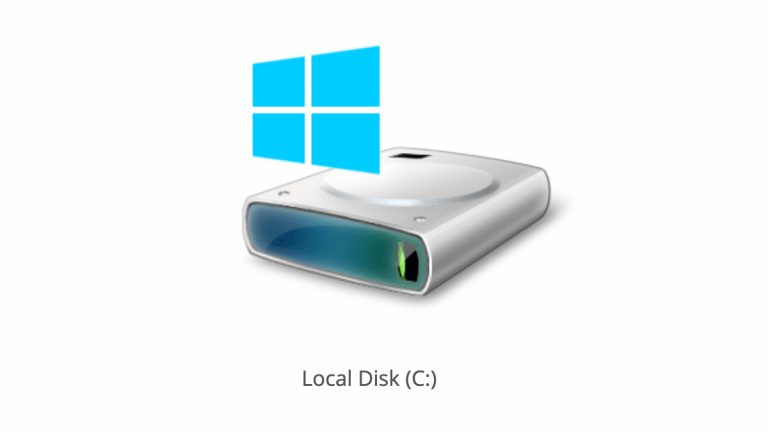What Is High-Dynamic Range (HDR)? How Does It Enhance Visual Fidelity?

High-dynamic Range is a technology that produces bright, high-contrast, and vivid images. It enhances the dark parts to be darker, the bright parts to be brighter, and comprises a wider range of colors.
To produce such enhanced visuals, both TV and the content must support this technology. The TV should be able to show certain pixels brighter than others and display a wide color gamut. Whereas the content should store relevant metadata that defines how a video should appear at any given point.
While HDR is a popular feature available on TVs and monitors, it is also a key aspect of smartphone photography. However, these two applications aren’t the same.
In displays, this technology enables them to produce a superior contrast ratio and accurate colors. On the contrary, photography addresses it as a technique in which a camera takes multiple pictures at different exposures and combines them to produce the final image with improved contrast and colors. Going ahead, we talk about its use in monitors and TVs.

There are different kinds of HDR out there, and the video output of each varies distinctively. Here’s a quick rundown of the various standards of this technology.
Types of HDR
Dolby Vision
This is a proprietary standard from Dolby Labs. Dolby Vision offers 12-bit colors, 10,000 nits of brightness, and dynamic metadata (HDR-related data can change with each frame). This format is also available on many platforms, including Netflix and Apple TV+. Importantly, it consumes more internet bandwidth than HDR 10 or HDR 10+.
HDR 10
It is probably the most widespread format today. Several streaming services, such as Netflix, Disney+, and more, use this open standard for their content. HDR 10 can produce 10-bit colors, 1000 nits of brightness, and static metadata (all HDR-related data is available from the beginning).
HDR 10+
As evident, HDR 10+ is an improved version of HDR 10. Although most aspects are similar, it supports a peak brightness of up to 4000 nits. It is usually seen as the open standard equivalent to Dolby Vision.
HLG (Hybrid Log-Gamma)
This standard is a joint effort by BBC and NHK for broadcast TV. This involves putting a layer of HDR information over an SDR (Standard Dynamic Range) signal. For HLG to work, a TV must support this particular variant.
If you like this simple explainer, check out our Short Bytes section. We take complex tech topics and break them into short, easy-to-understand articles.






